Features of the design of the facades of Finnish houses
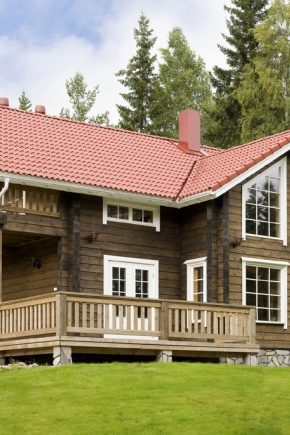
In suburban construction, houses built using Finnish technology are gaining more and more popularity. One of the "calling cards" of Finnish houses is undoubtedly their facades, which give the buildings a special appeal.

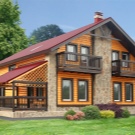
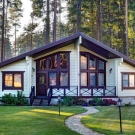

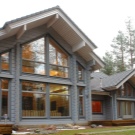
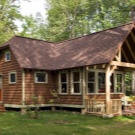
Features of buildings
The first and main feature of the exterior design of Finnish houses is a harmonious combination with the surrounding landscape, which is achieved through the use of natural materials. Other distinctive features of the facades of Finnish buildings are considered to be:
- modesty;
- brevity;
- contrasting color combination.
In addition to all this, there can be wide panoramic windows installed on the terrace. The latter is considered to be the same integral part of the house as the attic floor.
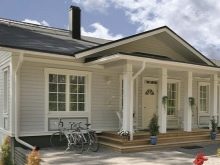
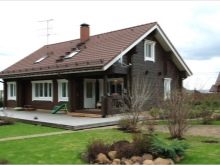
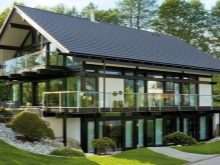
Materials for facade decoration
Initially, natural timber was used in the construction in the style of traditional Finnish housing. But the development of technology in the construction industry has made it possible to expand the range of materials suitable for these purposes.
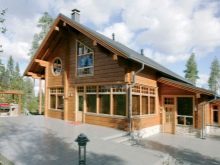
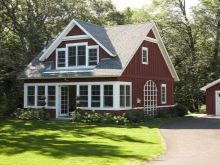

Dry profiled timber
When building Finnish houses, preference is given to a beam of coniferous trees, such as pine, larch, cedar or spruce. If you have a choice, it is better to purchase cedar or larch timber. The main advantage of this material is 100% environmental friendliness.
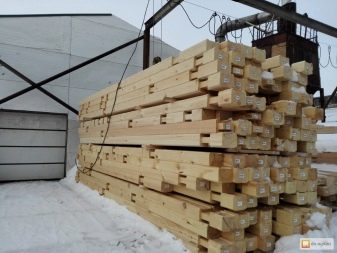
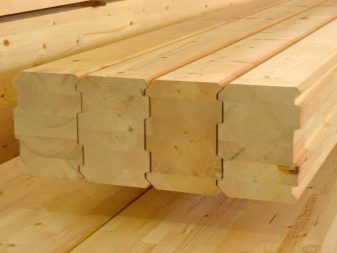
In addition, walls made of properly dried timber have a number of advantages, including:
- "The ability to breathe";
- the ability to maintain stable humidity and maintain an optimal oxygen content in the air;
- good enough resistance to microorganisms (mold, rot);
- a small percentage of shrinkage after construction;
- aesthetics.

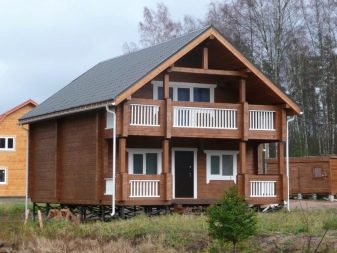
In addition, dry profiled timber is easy to install and makes it possible to fit the elements to each other with minimal gaps. The latter circumstance allows you to reduce the cost of additional insulation at home.
Having noted the advantages of the material, one cannot fail to mention its shortcomings.
- The biggest disadvantage of natural dry timber is its flammability. Although today this problem is quite easy to solve with the help of modern means for wood processing.
- Another drawback is the difficulty in determining the degree of dryness of a tree. With insufficiently dried wood, the quality of the building can be significantly affected.
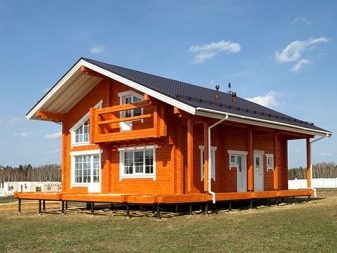
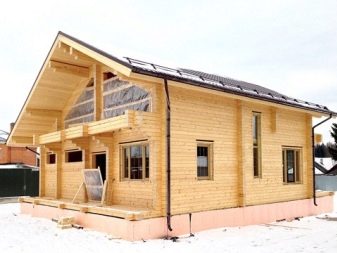
Glued lamellas
A modern alternative to dry profiled timber. It is obtained by gluing several wooden lamellas. Glued laminated timber differs from its natural counterpart by increased strength and much lower flammability. In addition, it practically does not shrink and is not affected by fungi and bacteria.
At the same time, glued laminated timber, as well as dry profiled timber, is considered an environmentally friendly product. However, it is still impossible to talk about 100% environmental friendliness, since adhesives are used in the process of its manufacture (some unscrupulous manufacturers may use far from safe glue). An additional disadvantage of glued material, many consider its higher cost compared to ordinary timber.
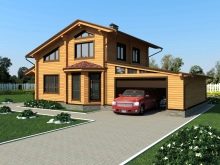
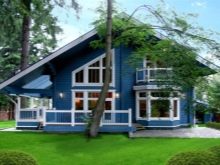
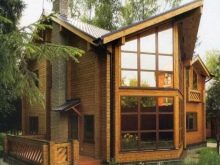
OSB boards
It is this material that is considered the most popular in the construction of modern Finnish houses. Oriented strand boards are made of wood chips (shavings) up to 15 cm long.During the production process, wood particles are mixed with synthetic resins and pressed under high pressure and high temperatures. Each OSB board consists of several layers, in each of which the chips are located in a certain direction.
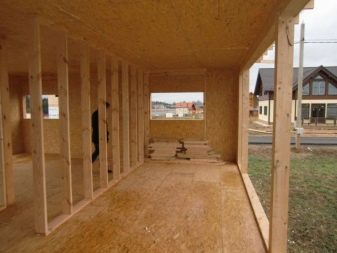
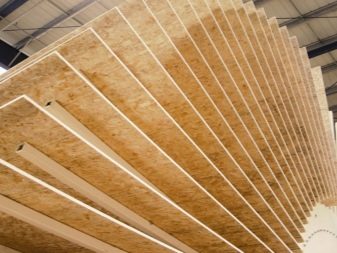
Wooden facades made of this material have a number of positive properties:
- strength;
- fire safety;
- light weight;
- ease of installation;
- resistance to decay and mold.


At the same time, the cost of the plates is quite affordable for a wide consumer.
The disadvantages of the material include the ability of the plates to absorb moisture and the use of harmful substances in their manufacture. However, it must be borne in mind that the moisture resistance of OSB boards depends on the brand. The range includes panels intended for use outside the house, with increased hydrophobicity.
As for harmful substances, bona fide manufacturers have long excluded components hazardous to humans from production. To minimize the risk of buying substandard material, you must familiarize yourself with the product certificate.
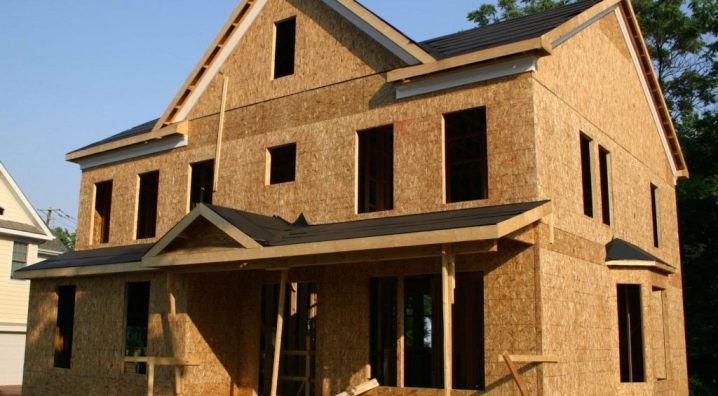
Other options
In addition to wood, another natural material is widely used in the decoration of Finnish houses - stone. Irregularly shaped rubble stone masonry also contributes to the appearance of houses as part of the natural landscape. For the greatest effect, stones of various sizes and shades are used.
Stone and wood are perfectly combined with each other, which is also used when decorating the facades of houses in the Finnish technique. Part of the foundation, pile supports, steps are laid out with a stone. For everything else, wood is used.
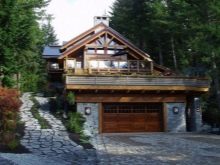
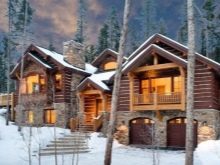
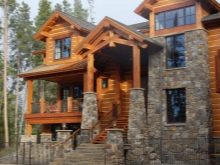
Currently, other materials are also actively used to decorate Finnish houses.
- Siding. To preserve the "zest" of the building, it is worth using wooden rather than plastic panels.
- Fiber cement facade panels. Despite the fact that it is a synthetic material, it is highly environmentally friendly. In addition, modern technologies allow you to give it a variety of textures, imitating wood or masonry with maximum reliability.
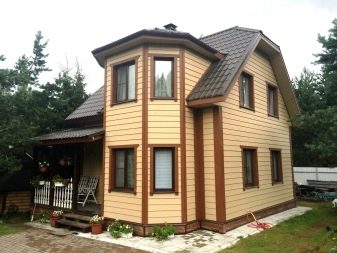

- Facing brick. A unique and versatile finishing material that allows you to create an unusual home decoration, while protecting the walls from the negative effects of external factors.
Another material that allows you to create a unique look for your home is decorative plaster. It can be used in combination with other elements.
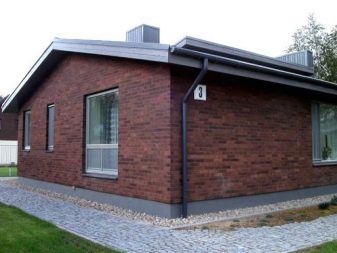

Fachwerk technology
In the appearance of many European houses, the elements of the half-timbered technique - the visible horizontal, vertical and diagonal parts of the building frame - are especially attractive. Previously, the elements of the supporting structure were left in plain sight for the sake of economy: builders saw no point in overspending building materials in order to "hide" the racks.
Today, half-timbered houses perform a decorative function and are often used in the exterior decoration of Finnish houses from OSB slabs.
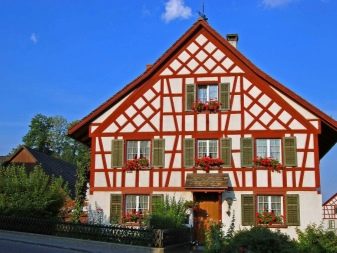
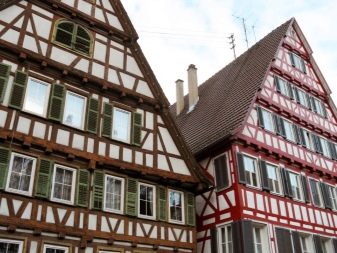
Modern half-timbered houses are wooden planks installed on top of wall panels along the lines of force of the frame. Most often, during installation, the elements "dovetail", "St. Andrew's cross", winkels are used.
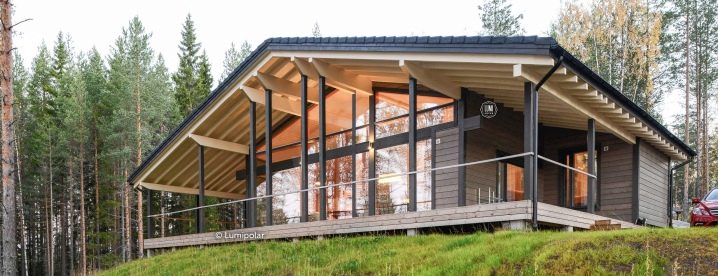
Painting and decorating
Installing timber, OSB panels and using the half-timbered technique correctly is not all. The original design of a Finnish house requires painting the facade in a specific color scheme.
To paint the walls, use:
- covering enamel;
- tinting impregnation;
- stain.

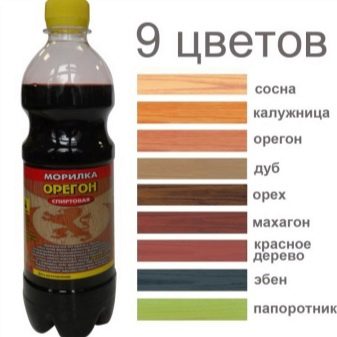
When choosing a color, take into account that the shade of the finish should contrast with the main background of the wall panels. But this contrast must be harmonious. For example, a combination of white with dark brown, rich green or burgundy is well suited for decorating the facade of a Finnish house. In some cases, the walls are covered with transparent enamel, especially if they are made of natural or glued beams.
Decorative elements in the form of beautiful awnings over the front door, a balcony in the attic, blinds on the windows, umbrellas, climbing plants and various lamps will help to complement the design of the facade and make the house truly "Finnish".
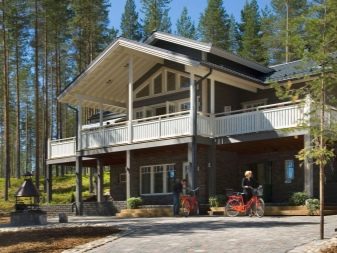

For the features of the Finnish house, see the next video.













The comment was sent successfully.